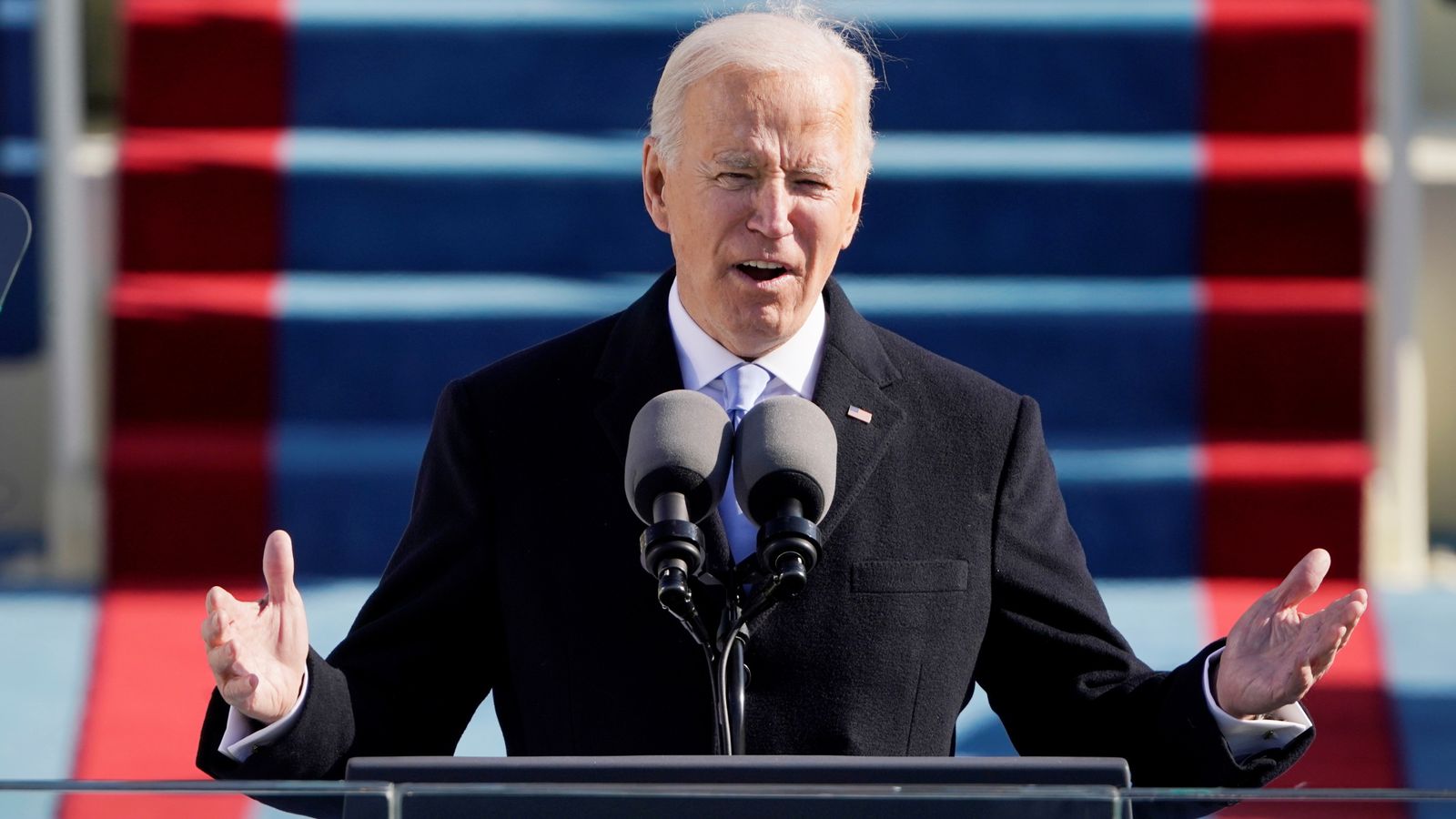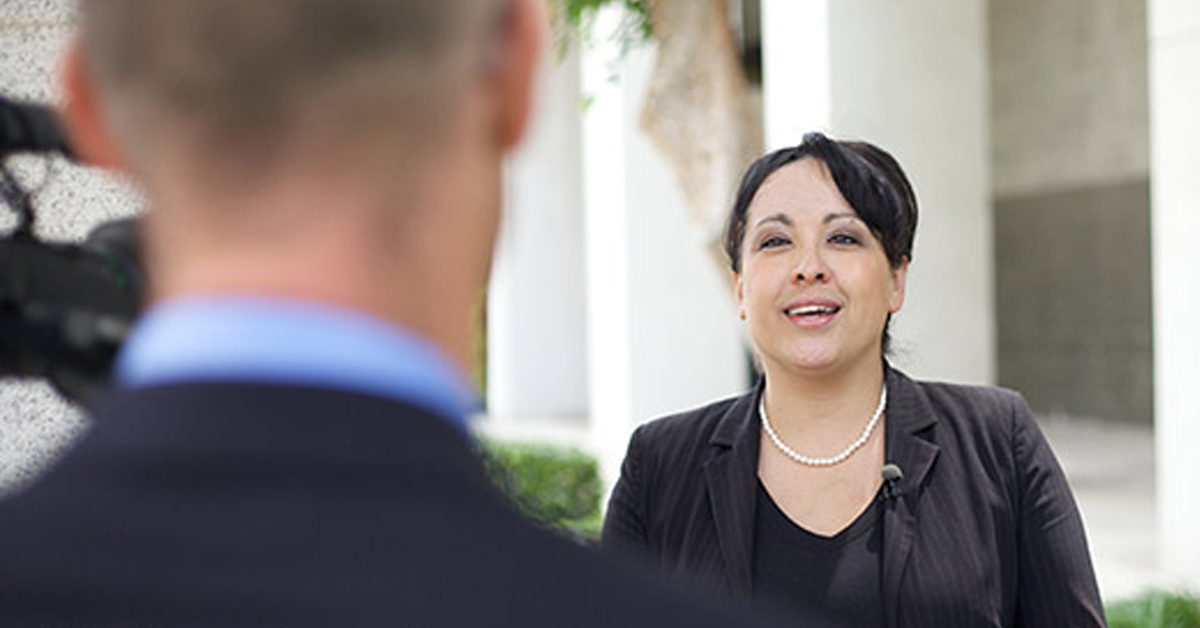Lately there’s been a lot of talk about public-policy issues in the Fresno mayoral race. I think it’s all a bunch of nonsense.
The candidates sound the same.
The only issue that counts is which candidate has the best get-out-the-vote machine, especially on election day (the primary is June 7).
The top four candidates for the non-partisan office are City Council Member Lee Brand, Fresno County Supervisor Henry R. Perea, community activist H. Spees and former Fresno County Supervisor Doug Vagim.
We all know the conventional wisdom. North Fresno has elected the city’s only three “strong” mayors – Jim Patterson, Alan Autry and incumbent Ashley Swearengin. All three are Republicans in a largely Democratic city.
North Fresno does a better job of voting than South Fresno. This is especially true of those who prefer to vote by mail – absentee ballots. North Fresno’s favorite mayoral candidate builds such a big lead in absentee ballots that South Fresno’s relative preference for voting at the polls can’t make up the difference.
That’s what the smart folks say. They say history proves them right.
Yes, the future is based on the past. But the future when it gets here has a way of surprising us.
Is there something in the voting patterns from two high-profile special elections – Measure G (trash privatization) in June 2013 and Assembly District 31 (filling an empty seat) in April 2016 – that suggests the local Democratic Party is honing its get-out-the-vote skills in such a way that could make the upcoming June 7 mayoral primary the watershed event that reconfigures the local political scene?
I got the official “Statement of Vote” for both elections from the Fresno County Clerk’s Office. This gave me the vote by precinct, both absentees and at the polling stations.
I bought big maps (3 feet by 4 feet each) from the County Clerk’s Office showing the locations of precincts in each election. County Clerk/Registrar of Voters Brandi Orth and her team do a great job! Thank you.
Yes, Measure G and the special AD31 election are far different than a statewide primary during a presidential election cycle with Donald Trump on the ballot.
Yes, Measure G and the special AD31 are far different than a mayoral race. For starters, AD31’s boundaries take in only about 40% of the city of Fresno, and all of that is far south of Shaw Avenue.
But my operating premise is that get-out-the-vote campaigns are local in nature. They’re about organization at the grassroots level. They’re about hard, sustained and often thankless work. They’re about passion among legions of volunteers. And if they’re successful they’re about grabbing the reins of governmental power.
So, I think it’s worth noting a few interesting things I found in the Measure G and special AD31 voting data. Here are six:
1.) First, let’s get some numbers out of the way.
Fresno has already seen a Perea run for mayor. Council Member Henry T. Perea (District 7’s council member at the time, later to become the 31st Assembly District representative whose resignation forced the April 5 special election) ran against Swearengin in the November 2008 general election.
Henry T. Perea (son of Henry R.) had the most votes in the 2008 primary at 27.49% in an 11-candidate race. Swearengin was second with 27.11%. But Swearengin rallied that fall, winning with 54.35% compared to Henry T. Perea’s 45.40%. The margin was about 12,000 votes.
Henry T. Perea once told me that he wished he had concentrated more of his campaign efforts on his base south of Shaw Avenue.
Then came the Measure G trash privatization vote of June 4, 2013. A “yes” vote meant you were for privatizing the city-run trash service. A “no” vote meant you wanted the status quo. Swearengin put her heart and soul into the “yes” campaign. Both Pereas and local unions put their hearts and souls into the “no” campaign.
The turnout was impressive for a special election – 27.1%. The “yes” side was ahead when the absentee ballot results were announced soon after the polls closed – 52.56% to 47.44%.
But the “no” side had a strong get-out-the-vote effort on election day. The “no” side delivered the decisive blow at the polling stations – 58.75% “no” compared to 41.25% “yes.”
Final result: “No” – 29,901 votes (50.73%); “Yes” – 29,039 votes (49.27%).
Things were slightly different in the April 5, 2016 special 31st Assembly District race.
The chatter was that Olivier, a Republican, would benefit from Republicans’ alleged habit of turning out in bigger numbers than Democrats for special elections. Republicans also are supposed to be more fond of voting by absentee ballot. Olivier was counting on a big lead when the absentees were counted.
Instead, Arambula, a Democrat, got 52.88% of the absentees, compared to 40.66% for Olivier and 6.15% for Ted Miller of Caruthers (also a Democrat).
That made the polling station vote something of an anti-climax. Arambula got 55.38% of those votes.
Final tally: Arambula 53.62%, Olivier 40.19% and Miller 5.88%. The three meet again in the June primary.
I wonder if Arambula’s relatively modest bump at the polling stations was due to the Democrats’ focus during the campaign on boosting absentee voting among the faithful. I also wonder if the local Democrats weren’t as passionate about AD31 as they were about Measure G. The latter election was much closer to the party’s fundamental beliefs.
When it comes to intensity among Fresno voters, I’m guessing the mayor’s race this year is closer to Measure G than to AD31.
Finally, the County Clerk’s Office lists a total of 226,212 registered voters in the city of Fresno as of April 8, 2016.
There were 96,368 registered Democrats; 72,447 registered Republicans; and 46,000 independents (No Party Preference). The remaining voters were spread among a handful of other parties.
District 6, Brand’s district, had 19,448 registered Republicans and 11,962 registered Democrats.
District 7, the district served by Henry R. Perea from 1997 to 2003, had 13,069 registered Democrats and 5,973 registered Republicans.
I was surprised by the numbers in District 2 in Northwest Fresno. There were 16,273 registered Republicans and 14,179 registered Democrats. I sense a shift in political sentiment in what has long been assumed to be a solid Republican part of town.
2.) In AD31, precincts 99, 100 and 102 form a tight but small area smack in the middle of historic West Fresno. The neighborhood’s demographics are changing along with the rest of Fresno, but it retains a significant African-American population.
The three precincts totaled 3,094 registered voters. A total of 424 votes were cast – a 13.7% turnout.
Arambula totaled 351 votes, 82.8% of the total votes cast in the three precincts. Needless to say, he topped the 50%-plus-1 mark in each precinct.
Miller totaled 41,Olivier 32.
West Fresno was expected to be Arambula country. But the Arambula team showed its get-out-the-vote clout. Arambula got 79 of the 86 votes cast at polling stations in precincts 99, 100 and 102 – 91.9% of the total.
Miller got six votes in the three precincts on April 5. Olivier got 1.
3.) In AD31, precincts 152, 153, 154 and 155 are bunched for the most part in east-central Fresno. A small portion of the area appears to be in Clovis. Much of the area is in Paul Caprioglio’s Council District 4.
The four precincts had a total of 4,296 registered voters. A total of 678 votes were cast. – a 15.8% turnout.
Arambula total 376 votes, 55.5% of the total. He had a majority (50% plus 1) in all four precincts.
Olivier totaled 235 votes – 34.7%. Miller had 66.
But it’s the April 5 voting at the polls that interests me. Arambula totaled 90 of those 142 votes – 63.4%. Olivier total 50, Miller 2.
More importantly from the perspective of Democrats thinking long-term was the voting in precincts 153 and 154.
In precinct 153, Arambula had a plurality (the most votes of the three candidates) but not a majority (50% plus 1) from absentee ballots only. The breakdown was Arambula 51 (48.1%), Olivier 41 (38.7%) and Miller 14 (13.2%).
But Arambula had the superior get-out-the-vote effort in precinct 153. The breakdown was Arambula 27 (62.8%), Olivier 15 (34.9%), Miller 1 (2.3%).
Add it all up and Arambula finished with a narrow majority in precinct 153. He had 78 total votes (52.4%) compared to Olivier’s 56 (37.6%) and Miller’s 15 (10.1%).
The same was true in precinct 154. Arambula had 49.4% of the absentee votes. But he picked up 21 of the 31 votes cast at the polling station on April 5. That was enough to give Arambula 52.3% of precinct 153’s total votes.
4.) Precinct 145 in AD31 is interesting because that’s right in the middle of Olivier’s council district. Precinct 145 in on the northern edge of AD31, south of Manchester Center.
It’s hard to tell from my map, but precinct 145 is either the precinct where Olivier cast his vote on April 5 or it’s the precinct just to the west of where he voted.
Olivier invited the media to his polling station (a church near the Veterans Hospital) on April 5. He cast his vote, then held a brief news conference. I walked there from my home near Bullard High School. I went through neighborhoods near Olivier’s polling station. I saw yard signs for him and Arambula.
Olivier’s council district is in Central Fresno. He won two council races running as a Republican in a heavily Democratic part of town.
Arambula in precinct 145 led among absentee votes with 61 (46.2%). But Olivier was a close second with 58 (43.9%). Miller had 11 (8.3%).
It was a different story among voters who headed to the polling stations. Arambula got 37 votes (58.7%), compared to Olivier’s 22 (34.9%) and Miller’s 4 (6.4%).
Arambula’s big advantage on April 5 enabled him to win precinct 145 with 50.3% of the vote. Arambula’s election day juggernaut prevailed in Oliver’s backyard.
5.) Almost every AD31 precinct within the city of Fresno went for Arambula. The County Clerk’s color-coded map shows a lot of blue (Arambula’s color) in the metropolitan area.
The Measure G color-coded map is different. Green – the “yes” color – is concentrated in North Fresno, especially in the northeast. Red – the “no” color” – is concentrated south of Shaw.
There were more “red” precincts north of Shaw than “green” precincts south of Shaw.
As we proceed, keep in mind that precinct boundaries change constantly. Precinct boundaries for the 2016 mayoral primary will be different than precinct boundaries for the two special elections I’m writing about.
But the precinct results can hint at trends.
Precinct 1 for Measure G had 202 “yes” votes (50.25%) and 200 “no” votes (49.75%). But the “No” side got 56.3% of the polling station vote to make it close. Precinct 1 was in the far northwest corner of Fresno.
Precincts 152 through 162 in Measure G were in the far northeast part of town. The “yes” side won all 11 precincts. The biggest margin was No. 153, with 78.4% of voters choosing “yes.”
But in only two of the 11 precincts was the percentage of “yes” votes greater at the polling station than among the absentees. For example, 66.82% of the absentees in precinct 162 went “yes” while 53.19% of the polling station votes went “yes.”
Even in the heartland of Swearengin territory, voters who preferred to go to the polls saw things slightly differently than those who preferred to vote at the kitchen table.
Things were just the opposite in south of Shaw. Absentees went heavily to the “no” side. But the polling station votes were even more heavily weighted toward “no.”
For example, 86.05% of absentees in precinct 58 at the far southern tip of Fresno went “no.” An amazing 96.25% of polling station votes (77-3) went “no.”
6.) I live in a county island, so I won’t be casting a vote for mayor. I have worked with all four of the top mayoral candidates for many years. I have the highest regard for all four.
Each would make a fine mayor. I don’t have a favorite.
That being said, there’s a reason why I like to ponder the state of the Democrats’ get-out-the-vote effort for the mayor’s race.
Perea has substantial leads in the polls so far, but he’s not above 50%. He would love to win it all in June. If he did so, he would be Fresno’s first Hispanic mayor. Hispanics are Fresno’s largest ethnic group by far.
Everyone knows the days of North Fresno being the deciding factor in mayoral races are dwindling. The key question: What factor will finally tip the scales?
I say it’s the get-out-the-vote campaign. It’s this campaign that teaches vast numbers of Fresnans that voting is a right, and informed voting is a duty.
Republicans as well as Democrats have get-out-the-vote efforts. But because of the party preference trends, Republicans will have to have successful get-out-the-vote campaigns south of Shaw if they expect to be relevant in citywide elections in the 21st century.
I chatted the other day with Marina Magdaleno, a top official with the city’s blue-collar union and a key player in the Measure G “no” campaign. She said her side had hundreds of volunteers walking the precincts during Measure G. She said there would be hundreds doing the same thing in the days leading up to June 7.
I know Henry R. Perea is campaigning hard in Northeast Fresno.
Are Lee Brand and H. Spees campaigning just as hard south of Shaw?
If not, they better get moving.







